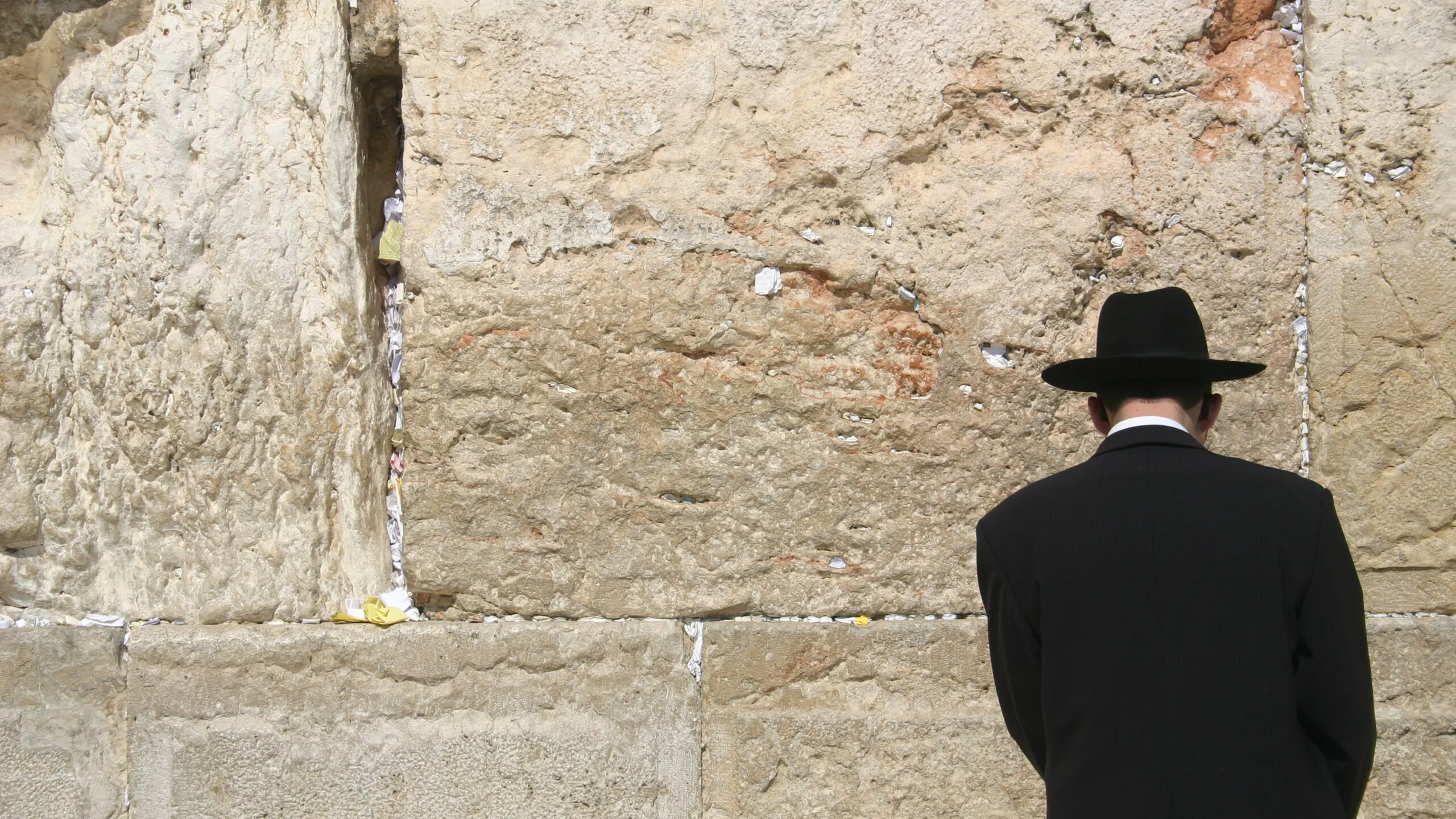Prime minister of the Palestinian National Authority Mohammed Shtayyeh said during a conference on Wednesday that the Jews of Israel have never proven that the Biblical Temples stood in Jerusalem.
Shtayyeh was speaking at the headquarters of the Palestine Red Crescent Society in al-Bireh.
“Fifty-five years of excavations and tunnel-digging did not prove that there is a temple in the city,” Shtayyeh ranted, as reported by the Palestinian News and Information Agency (WAFA).
“He emphasized the importance of this conference in order to strengthen the Palestinian narrative and confront Israel’s narrative on Jerusalem, and the systematic falsification of our history and the Arab, Islamic, and Christian presence in the city,” WAFA boasted.
Shtayyeh’s claim, patently ridiculous, represents simply another piece of evidence that the Palestinian leadership has no desire to acknowledge the truth of history nor any desire for genuine peace with Israel.
In 1924, even the Supreme Muslim Council, headed by the infamous Jew-hater Grand Mufti of Jerusalem Hajj Amin Aa-Husseini, published a guide to the Temple Mount, the holiest site in Judaism and the site of the Biblical Temples of Israel, which admitted of the Temple Mount, “Its identity of Solomon’s Temple is beyond dispute.”
The Muslim Waqf knows exactly what was on Temple Mount before the Dome of the Rock and (the real) AlAqsa Mosque (in the northernmost corner of the Mount), although they keep shtum about it today. From the tourist guide of 1924. https://t.co/MybyfnAnb7 pic.twitter.com/DbknHF7h1K
— Help X (@helpxmedias) April 17, 2022
The guide also stated, “This, too, is the spot, according to the universal belief, on which ‘David built there an altar unto the Lord, and offered burnt offerings and peace offerings.’”
Last year, on June 7, Shtayyeh told the Al-Jazeera Network, “Since 1967, when it occupied the West Bank, and to this day, Israel has conducted a number of [archeological] digs underneath the Al-Aqsa Mosque, but failed to prove anything about a [Jewish] temple or whatever.”
In recent years, more archaeological discoveries were made proving Jews’ history in Israel.
In February 2018, an extraordinary find was made in Israel: archaeologists announced in an article published that they found physical evidence corroborating the existence of the Biblical prophet Isaiah.
Writing in Biblical Archaeology Review, Eliat Mazar, who headed the dig at which the discovery was found, described the evidence. According to The Daily Beast, Mazar stated that it was “a small piece of clay (an impression left by a seal), a mere 0.4 inches long, which appears to bear the inscription ‘Isaiah the prophet.’”
The new discovery came as part of the excavations at the Ophel excavation in Jerusalem, which had already yielded a 2,700-year-old clay seal impression that had belonged to the governor of Jerusalem, thus proving that the Jewish people had an administrative presence almost three thousand years ago and that Biblical administrative structures were genuine.
Mazar wrote that the new find, one of the many clay seal impressions known as bullae found at the site, was near the bullae already discovered to have a mark from a seal of the Biblical King Hezekiah. He noted, “alongside the bullae of Hezekiah … [were] 22 additional bullae … among these is the bulla of ‘Yesha‘yah[u] Nvy[?].’” That is Hebrew for Isaiah the Prophet.
According to the Book of Isaiah, the prophet lived from 8th century B.C. to the 7th century B.C., during the reign of King Hezekiah, who was regarded as the greatest king the Jewish people had except for King David.
In April 2019, The Daily Wire reported:
A clay seal found in Jerusalem has given further evidence of the reign of the famed Biblical Jewish King Josiah, who is noteworthy in Jewish history as the king who brought the Jewish people back to observance of the Torah after the nefarious reign of his predecessor Manasseh.
Discovered by the Israel Antiquities Authority and Tel Aviv University, the seal was found underneath a current-day car park; the archaeological team found evidence of a large building that featured ornate architecture and tiled floors that was later burned by the Babylonians when they conquered Jerusalem in 586 B.C. Those features enabled archaeologists to identify the building as an administrative center for the Jewish government of the king.
For a comprehensive history of the Temple Mount, see here.

.png)
.png)

